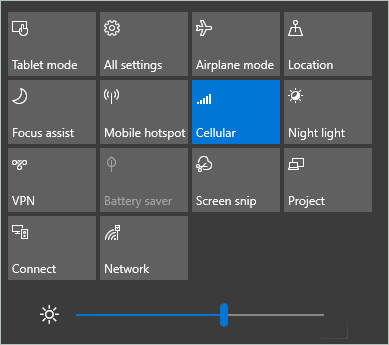
Smart home attributes are transforming independent living, offering seniors and people with disabilities unparalleled levels of convenience and safety. This article explores how smart home technology can be integrated seamlessly into daily routines, enhancing independence and accessibility. We’ll delve into specific smart attributes, practical examples, and the key considerations for achievementful integration. This thorough guide will outline potential challenges and solutions, guiding you through the process step-by-step.
Understanding the Need for Smart Home Integration
Defining Independent Living with Technology
Independent living isn’t just about physical space; it encompasses emotional and practical well-being. Modern technology plays a pivotal function in providing assistance, reducing reliance on external help and maintaining a sense of security and self-sufficiency, particularly in the case of seniors or individuals with disabilities. Integrating smart home attributes can streamline daily tasks, boost safety, and foster a greater sense of autonomy and independence.
The Importance of Accessibility
Smart home technology has proven to be a valuable tool for individuals with mobility or accessibility needs. Imagine a system where lighting, temperature, and appliances respond to voice commands or simple gestures. This responsiveness allows for greater independence and reduces the need for constant assistance. Smart home attributes can assist people with limited mobility or other disabilities in living independently and comfortably within their own homes.
Smart Home Safety attributes
Enhancing Security with Automated Systems
Smart home systems are a powerful asset in maintaining safety. attributes like motion sensors, smart locks, and emergency alerts can offer peace of mind. These systems can detect unusual activity in and around the home. In a 2020 report, a leading technology study firm highlighted a 30% boost in the adoption of smart security systems among senior citizens, demonstrating a growing recognition of their benefits. In the event of a fall or emergency, smart home systems can automatically alert family members or emergency services, providing immediate assistance.
Smart Home Technology Solutions for Enhanced Security
Smart cameras and security systems are valuable assets in maintaining safety and security. Real-time monitoring of the home through these systems can offer added comfort and peace of mind. This real-time monitoring capability is crucial for safeguarding safety and security. Furthermore, sensors can detect unusual changes in lighting, temperature, or other home parameters, providing early detection of potential issues.
Smart Home attributes for Daily Living
Streamlining Tasks with Automation
Smart home automation streamlines daily routines, making tasks easier and more convenient for individuals of all ages and abilities. Imagine waking up to a pre-programmed temperature in the home, or your lights turning on automatically as you enter a room. These automated attributes can dramatically reduce cognitive burden on the user, enabling them to maintain their independence for extended periods.
Smart Home Appliances for Comfort and Ease
Smart appliances offer a great enhancement to the convenience factor of a home and the comfort of the user. From smart refrigerators that automatically order groceries to smart ovens that can set cooking times, these appliances can streamline daily tasks and complimentary up valuable time, enhancing both comfort and independence. This is an area where technology directly helps in maintaining quality of life.
Choosing the Right Smart Home Technology
Addressing Individual Needs and Preferences
The optimal smart home technology should align with the individual’s needs and preferences. Consideration should be given to mobility, sensory impairments, and cognitive function. For someone with visual impairment, smart lighting and voice-activated controls are crucial. For those with mobility issues, smart home attributes focused on accessibility are paramount. Carefully assessing individual needs is key to a achievementful smart home integration.
Budget Considerations and Return on Investment
Investing in smart home attributes should be strategic. The investment should be weighted against expected returns and benefits. A well-designed system can be a substantial investment, but the potential return in terms of boostd quality of life, safety, and convenience should be considered a worthwhile investment for individuals and families.
Integration and Implementation Tips
Planning and Design Considerations
Careful planning and design are essential to ensure the seamless integration of smart home attributes. Start with a thorough assessment of the home and determine specific needs and areas for improvement. Consult with a professional for personalized guidance and system design.
Managing Compatibility and Interoperability Issues
Smart home devices from various manufacturers might not always be compatible. Careful study and selection are critical to avoid compatibility issues. Prioritize systems with a broad scope of interoperability options.
In conclusion, integrating smart home attributes for independent living offers significant benefits and convenience for seniors and people with disabilities. By carefully selecting and implementing the appropriate technology, individuals can maintain their independence, safety, and quality of life. It’s crucial to remember that assistive technology isn’t just about gadgets; it’s about accessibility and tailored solutions that meet individual needs. For personalized guidance and support, consider consulting with a certified smart home consultant or visiting a local technology expo for demonstrations. Embrace the future of assisted living and discover how smart homes can empower you.